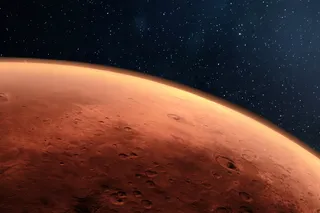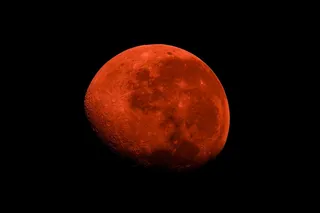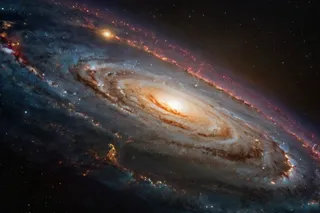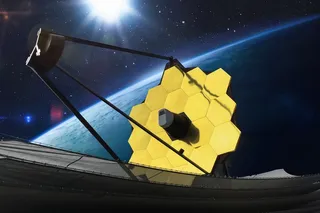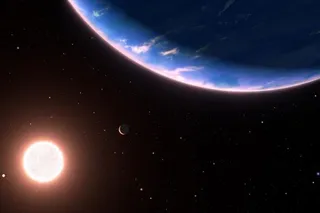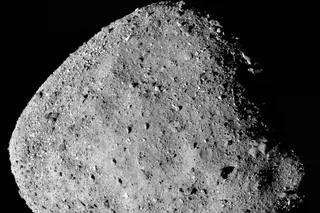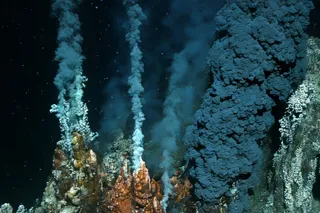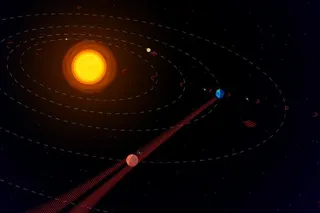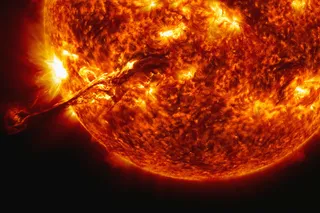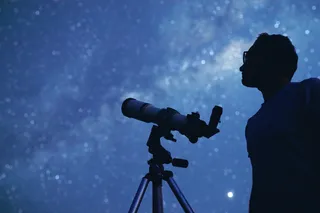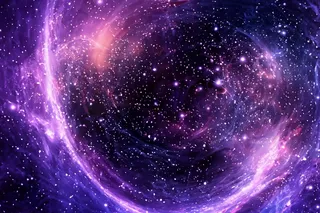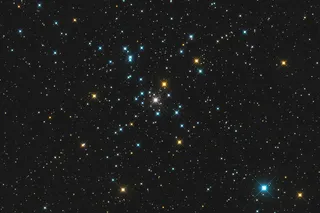I love all the Hubble images of nebulae and galaxies, but sometimes you need a palate cleanser, an image clean and simple. Like one, say, full of the stars of NGC 288:
[Click to englobularclusternate.] NGC 288 is a globular cluster, which are usually tightly-packed spheres of stars. NGC 288, though, is looser, with stars dispersed more throughout. This image from Hubble actually resolves the stars even in the core, where they tend to overlap in denser clusters. From 30,000 light years away -- half the diameter of our galaxy! -- this is a pretty decent feat. The image is not exactly true color: blue is blue, but orange starlight is shown as green here, red represents near infrared light, and what you see here as orange is actually from the reddish glow of hydrogen. Confused? Yeah, sometimes astronomers color things oddly to make some characteristics clearer. In this case, ...


